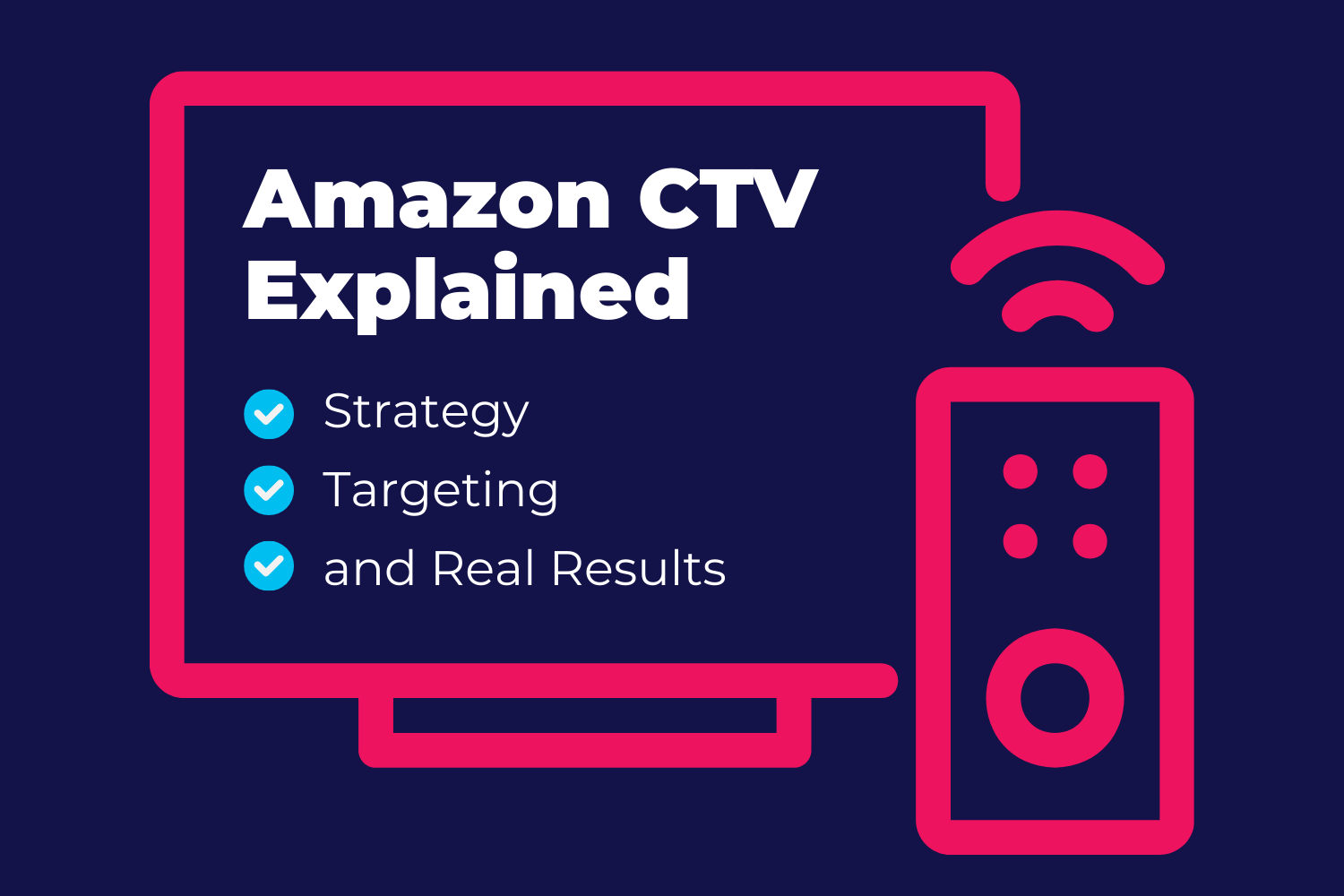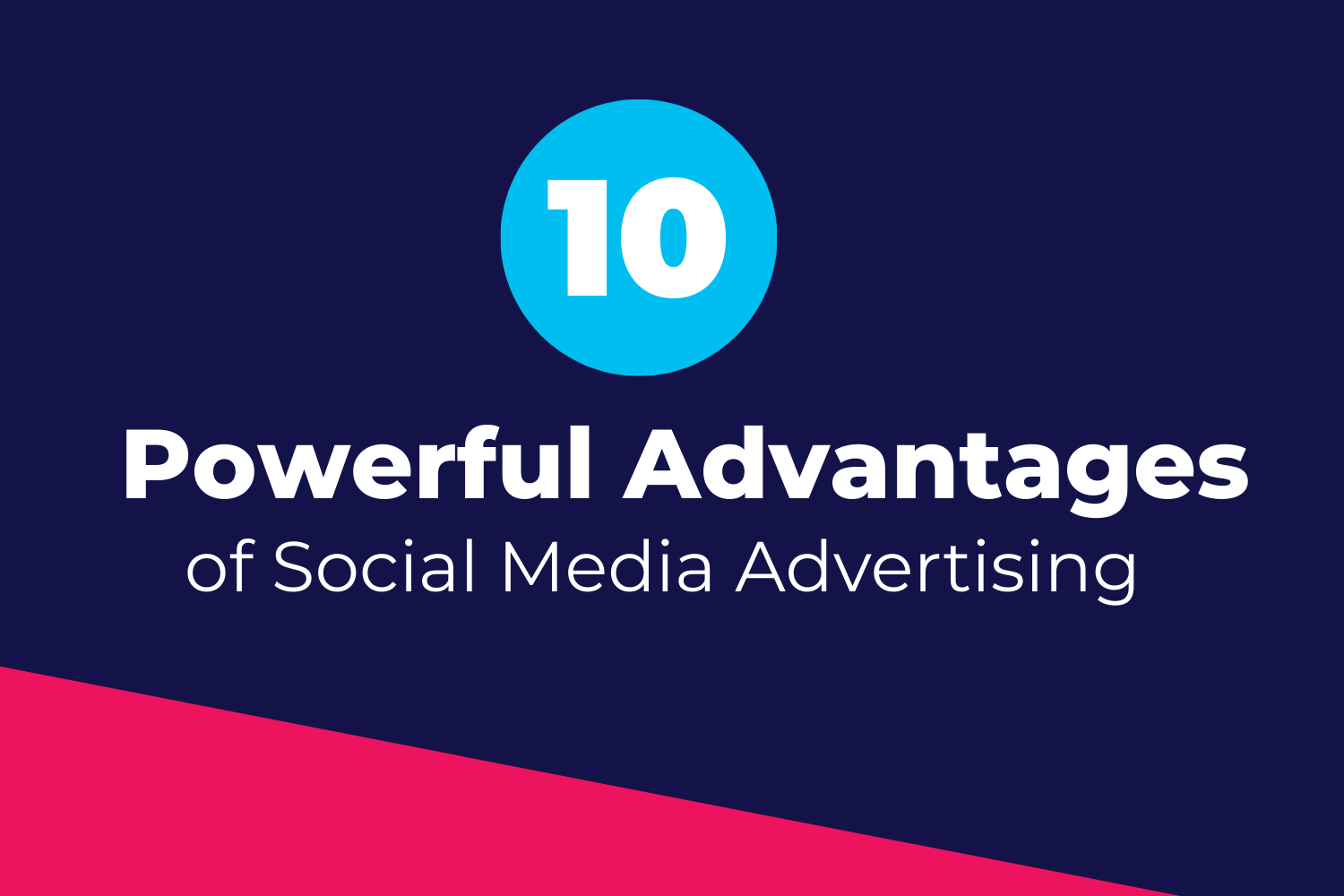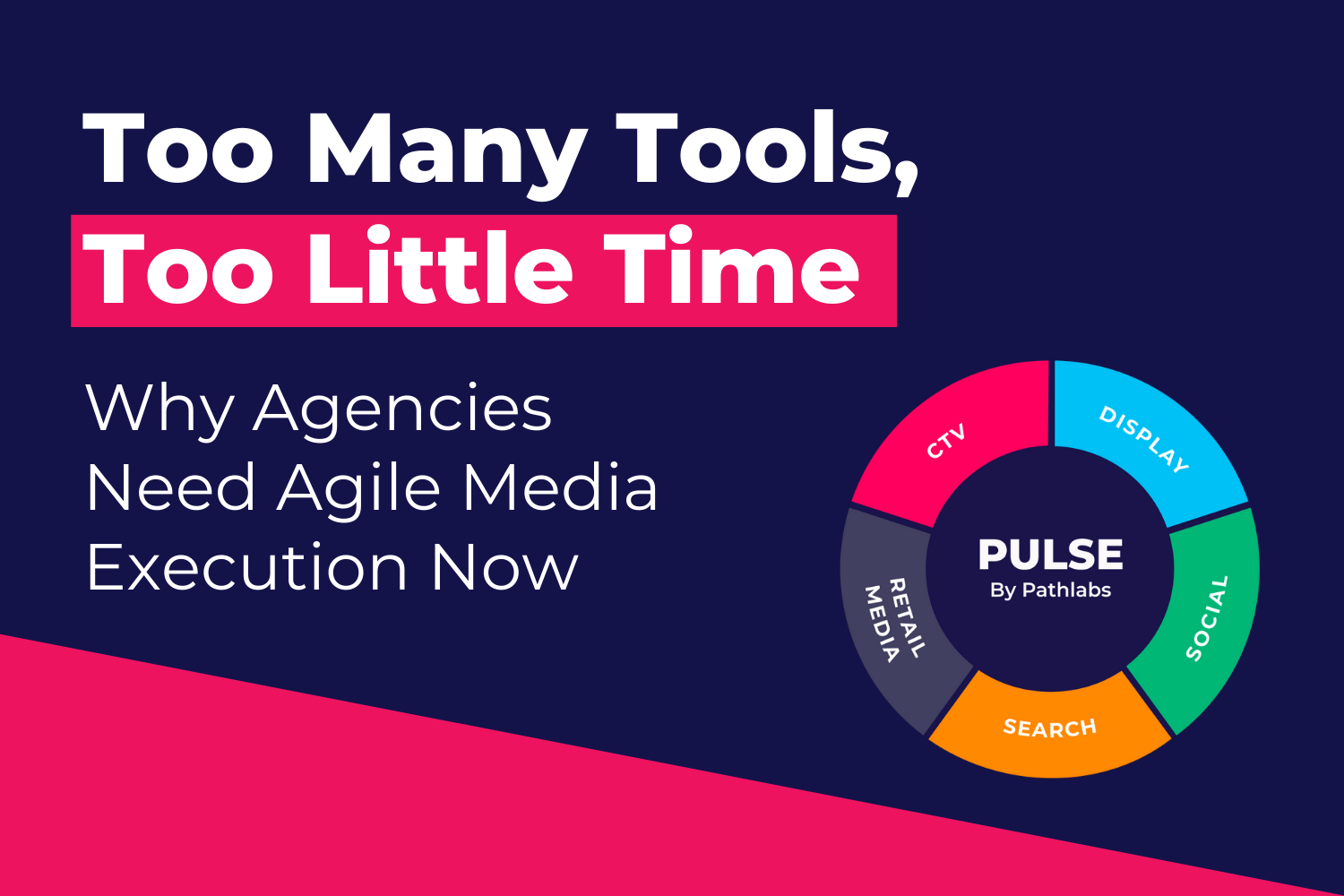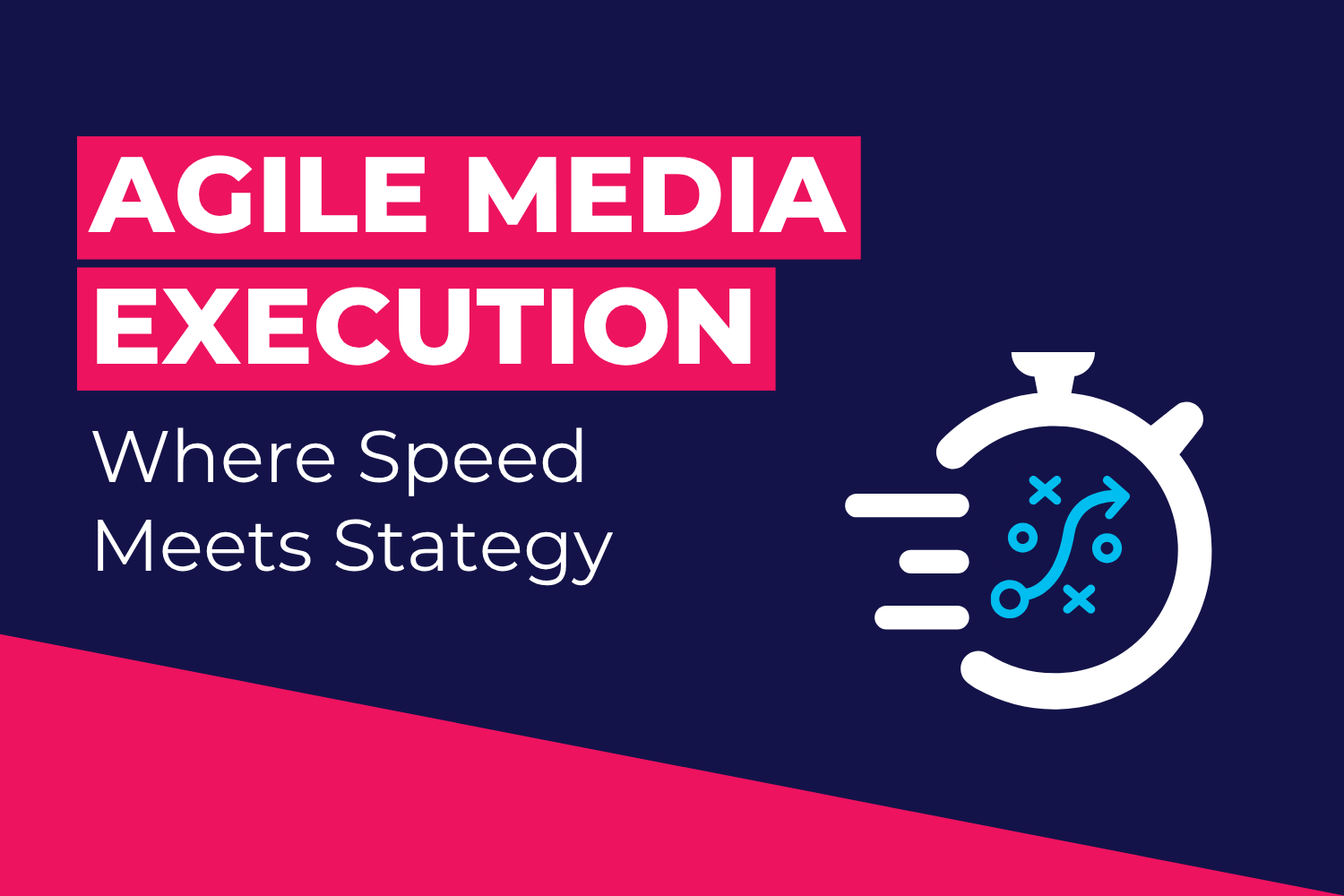Live Sports on CTV: How Independent Agencies Can Beat Over-Frequency
| Pathlabs Marketing |
| October 7, 2025 |
You’re streaming your favorite team in the biggest game of the season. Then, you see your client’s ad play on your screen. It’s exciting at first, but then it plays again twice before halftime. Then one more time before the end of the game.
The client emails you. The numbers look big, but the same households were hit four times, while thousands of qualified homes never saw the ad at all.
CTV ad oversaturation isn’t just frustrating. It’s an avoidable inefficiency that contributes to ad fatigue, thins your agency's margins, and harms your reputation.
In this post, we explore the problem from the living room to the media plan, show why CTV sports are gaining value and becoming more competitive, how over-frequency happens inside live events, and why repetition depresses attention and intent.
Why CTV Sports Are Becoming More Competitive Than Ever
Sports inventory is drawing more buyers and more tooling. Sports were the hottest content to sell in this year’s upfront marketplace, while specialist sports ad tech and martech firms are scaling to meet demand.
The reason is that fans are already streaming sports, often across multiple apps:
Sports sponsorship is projected to rise above $160 billion by 2030.
74% of CTV users opt to stream live sports.
38% use three or more streaming services to do so.
Growing usage reflects CTV’s appeal as a way to create growth for independent agencies. However, as usage fragments, the chances of ad oversaturation increase in CTV delivery.
How Over-Frequency Actually Happens During Live Sports
Live sports and free ad-supported TV (FAST) environments typically run about 8 to 9 minutes of ads per hour, creating real CTV fragmentation challenges for agencies. That is lighter than linear TV, yet the ad load concentrates around kickoffs, halftime, and late-game breaks. When multiple buyers target the same tentpole moments, the same homes can be hit repeatedly unless you enforce CTV frequency caps and diversify dayparts.
There are several other factors, such as shortcomings in CTV measurements, that contribute to over-frequency during live sports:
Household caps often go unenforced across fragmented platforms.
Out-of-home (OOH) viewing in restaurants and bars inflates exposure counts.
Average-minute audience (AMA) does not show pod, or a sequence of multiple ad spots during a break in streaming or live programming, or ad exposure.
For example, a primetime NFL game on Amazon Prime Video might show strong reach numbers, but without proper frequency management, the same 10,000 households could see your 30-second spot 3-4 times each, while 30,000 qualified households never see it once.
The resulting over-exposures and the challenges of accurately recording them all can cause depressed attention metrics and reduced engagement. When these collisions pile up, the viewer feels it first. The data is clear on what happens next.
Why Repetition Hurts Outcomes
No advertisers want their ads to irritate their viewers and associate them with negativity, but data shows that repetition does exactly that:
67% of viewers are annoyed by seeing the same ad more than once within the same pod.
61% of viewers are less likely to buy from a company that shows the same ad back-to-back.
49% of viewers said in the past they had decided not to purchase a product from a brand when they see repetitive ads too often.
Even the awareness versus intent gap widens as frequency climbs. Purchase intent declined 16% when exposure increased from one to six views, and 51% of viewers reported taking avoidance actions when repetition was high.
Taken together, the signal is clear. Oversaturating the same households with the same creative does not just irritate fans, it reduces attention and depresses intent.
Frequency caps can help, but the hard truth is that it’s only going to become more difficult to deliver CTV ads and accurately report on whether or not they’re repeating for audiences.
Reality Check For Agencies: CTV Will Get Harder From Here
If you are planning on CTV getting simpler next season, the market is moving the other way. Three forces are converging to raise the bar for execution.
Fragmentation Accelerates Across Rights And Platforms
Leagues are spreading games across more partners and products. For example, the NBA’s new 11-year deal splits rights across Disney, NBCUniversal, and Amazon Prime Video, which means more buying consoles, creative specs, and measurement silos to manage in a single season.
Monthly platform shares are also volatile, so the audience you bought in July does not look the same in August. CTV plans will need constant optimization, not a set-and-forget approach.
As Ad-Supported Tiers Grow, Walled Gardens Multiply
Streaming providers like Netflix initially offered ad-free content for a subscription fee. Viewers have shown that they’re willing to trade limited ads for lower subscription prices when it comes to CTV. As a result, more streamers are embracing ad-supported tiers and finding new ways to build on their growth.
However, each major streamer brings its own data, formats, frequency rules, and reporting access. The upside is scale. The downside is more environments to govern, each with different levers that require specific expertise to use effectively and efficiently.
Signal Loss and Privacy By Design Reshape Targeting And Measurement
Privacy-by-design is becoming the default, further complicating CTV ad measurement and cross-platform frequency control.
Platforms and regulators are limiting how identifiers are shared across apps, shortening data retention, and tightening consent. The change has been so comprehensive that 95% of data and advertising decision-makers at U.S. brands, agencies, and publishers expect continued legislation and signal loss.
When signals shrink, platforms stop “talking” to each other. A frequency cap in one app will not protect you in another. Program-level ratings will not tell you how often the same home saw your exact ad. Proving impact gets harder unless you upgrade your measurement and data access.
Overall, the path to effective CTV will rely on more operational bandwidth, not less, to overcome oversaturation challenges.
The Media Execution Partner Solution
Even if independent agencies were able to avoid oversaturation without increasing their overhead, it would only be a matter of time before increasing demand and competition make CTV best practices shift as new tools and platforms become available.
So, can independent agencies avoid oversaturation, scale their growth, and track and test innovative strategies, all without adding to their headcount?
Yes, with a Media Execution Partner (MEP).
With a MEP, agency leaders don’t have to choose between risking oversaturation and adding headcount. Instead, they can bring on a dedicated team of CTV experts to embed within their operations and execute, report on, and optimize their CTV campaigns to align with their campaigns across all channels. This team will also monitor, test, and implement the latest strategies, platforms, and innovations.
As a part of your team, Pathlabs can:
Enhance client visibility across CTV platforms without oversaturation.
Execute, measure, and optimize across fragmented platforms.
Adapt measuring and targeting to strict privacy regulations.
The evidence is clear. The ability to execute CTV campaigns as a part of live sports is becoming more valuable and challenging. Scale your CTV toolset without adding to your headcount.









